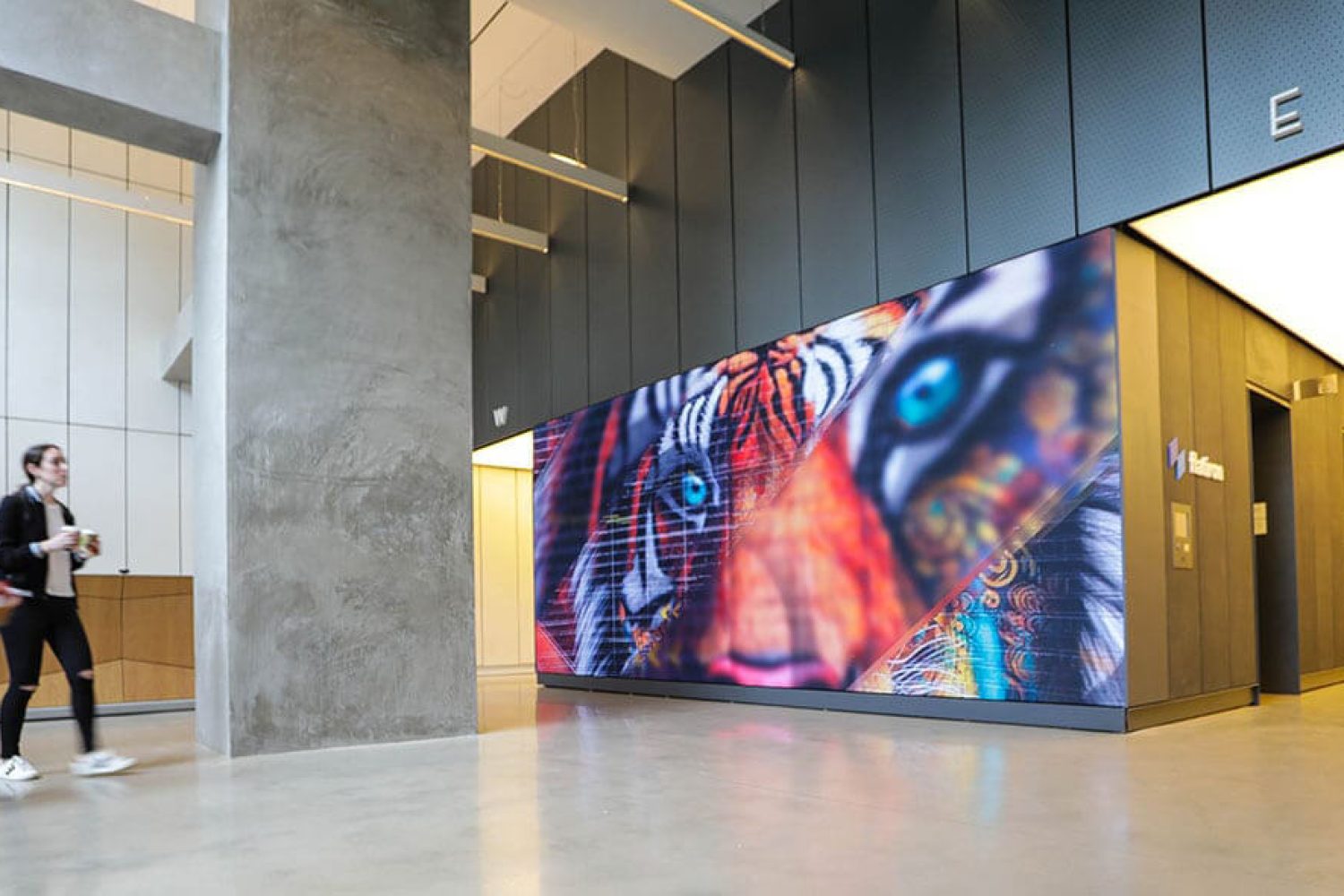Mastering Color Precision in LED Display Adjustment for Stunning Graphic Displays
Mastering Color Precision in LED Display Adjustment for Stunning Graphic Displays
Blog Article
Color precision is essential for creating breathtaking graphic displays, especially when using LED walls. These massive screens are commonly found in places like music venues, sports arenas, and advertising billboards. When the hues on an LED screen are not correct, the visuals can look flat or warped, which can affect the total experience for viewers. Therefore, mastering color accuracy in LED wall calibration is vital for attaining vibrant and true-to-life images.
The initial step in guaranteeing color accuracy is understanding how LED technology works. LEDs, or light-producing diodes, produce light in various colors by combining red, green, and blue (RGB) light. Each pixel on an LED screen is made up of these three hues. When tuned properly, the combination of RGB can create a broad range of hues. However, if one hue is too intense or too dim, it can throw off the whole display. This is why tuning is necessary to balance the hues and reach the intended graphic effect.
Tuning entails adjusting the settings of the LED screen to ensure that the hues shown correspond the original material as closely as possible. This procedure usually includes using specific software and hardware instruments. Technicians frequently use color assessment devices, such as spectrophotometers, to analyze the hues being displayed. By comparing the assessed colors to benchmark color values, they can make precise modifications. This ensures that the hues are not only lively but also consistent across the entire display.
Another important factor of color precision is comprehending the environment in which the LED screen is used. Factors such as ambient light can significantly affect how hues appear. For example, a well-lit lit room may wash out colors, making them look not as vibrant. To counteract this, technicians may modify the brightness and differentiation settings of the LED wall. Additionally, they may select particular color profiles that are better appropriate for various lighting conditions. This flexibility helps maintain color precision irrespective of the viewing environment.
Finally, regular maintenance and re-tuning are crucial for keeping an LED wall looking its finest. Over time, the functionality of LEDs can alter due to factors like aging and heat fluctuations. Regular checks and adjustments can help ensure that the led display calibration for immersive storytelling hues stay accurate and lively. By committing time in appropriate calibration and maintenance, venues can offer viewers with breathtaking visual displays that improve their total experience. Perfecting color precision in LED wall tuning is not just a mechanical task; it is an art that contributes to the wonder of visual storytelling.